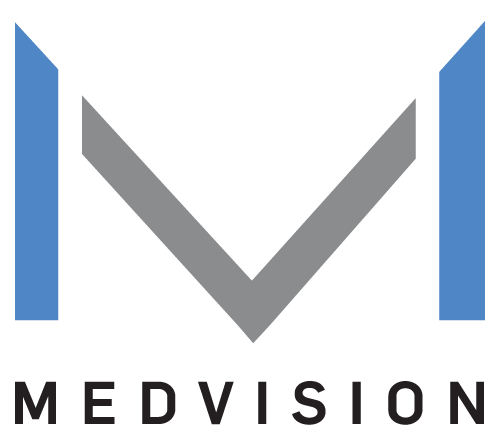An Administrator's Guide to Claims Audit Automation
Protecting claims integrity has never been simpler with smart technology. Gone are the days of manual auditing processes that expose healthcare claims to the risk of fraud and error. With claims audit automation, healthcare administrators can organize auditing routes without compromising security, completeness, and accuracy.
How Claims Audit Automation Works
Automated claims audit systems generally work like smart to-do lists. Just as a checklist guides through a series of tasks, this technology systematically streamlines the audit process.
The process starts by capturing and
analyzing vast amounts of claims data, identifying patterns, and loading different reports. Algorithms loaded in the software validate claims by cross-referencing them with a patient's health plan, regulations, and coding guidelines. This is similar to how a checklist prompts us to verify information.
It then proceeds to flag potential discrepancies, errors, or missing data for further investigation. The sequential design makes it easy for administrators to monitor every step of the process. With a dynamic data repository and customizable configurations, auditors gain instant access to the right information.
By embodying the reliability and efficiency of a well-structured checklist, claims audit automation empowers healthcare administrators to navigate the complex terrain of claims auditing with precision and confidence.
Read More:
Audit Software vs. Manual Auditing
Why Digitizing Audits Fulfills Healthcare Demands
Within the intricate structure of healthcare administration, the
Centers for Medicare and Medicaid Services (CMS) have developed robust policies to fortify claims protection.
Within this framework, an administrator’s task can be challenging. They have to
ensure seamless communication between employers and providers . With the sheer volume of data one has to process, tackling claims processing and generating comprehensive reports can be overwhelming.
To cope with meticulous checks and extensive documentation, claims audit automation emerges as a game-changing solution. This innovative technology streamlines and optimizes the audit process, reshaping how we scrutinize and evaluate claims.
The Added Benefits of Claims Automation
Embarking on the digital highway puts you in the fast lane to healthcare's progressive future.
Specifically for claims auditing, many favor the shift for the following reasons:
1. Enhances Efficiency
Automation eliminates time-consuming manual tasks, enabling administrators to focus on strategic and value-added activities.
2. Upholds Claim Integrity
With advanced algorithms, automation significantly boosts accuracy in identifying errors, anomalies, and potential instances of fraudulent claims.
3.Maintains Cost-Effective Operations
Automation minimizes resource requirements, reduces the need for manual intervention, and optimizes the allocation of administrative resources.
All in all, administrators can take advantage of digital auditing tools to proactively mitigate risks. By implementing a capable system that streamlines processes and liberates your workforce, administrators can redirect their focus toward making impactful decisions while maintaining a high standard for operations.
This paves the way for improved infrastructure that bolsters healthcare service delivery.
Read More:
Increase Healthcare Performance With Accurate Audit Reporting
Transform Your Claims Auditing With QuickCap 7
Experience the revolutionary power of
QuickCap 7 as it streamlines claims auditing tasks for healthcare administrators. With an intelligent checklist system, QC7 earmarks each completed action to guarantee that you don’t miss any crucial steps. Fulfill any complex requirement with a robust and dynamic data repository that makes validating claim audits easier than ever.
Don't miss out on this revolutionary solution. Take control of your claims auditing process and elevate your efficiency and precision to new heights.
Experience How QC7 Can Empower Your Workflows
References:
- Martin, J. L., & Eckerle, R. F. (1991). A Knowledge-Based System for Auditing Health Insurance Claims. Interfaces, 21(2), 39–47. doi:10.1287/inte.21.2.39
- Program Audits | CMS. “Program Audits | CMS,” March 1, 2023. https://www.cms.gov/medicare/compliance-and-audits/part-c-and-part-d-compliance-and-audits/programaudits.
December 9, 2025
Join MedVision at HICE Annual Conference 2025 to explore QuickCap v7.0 and see how our platform simplifies healthcare administration, and powers value-based care.
November 21, 2025
MedVision partners with HealthCorum to enhance network optimization and drive value-based care, improving outcomes and efficiency across healthcare systems.
October 27, 2025
APG Fall Conference 2025 brings together innovators advancing accountable care. Join MedVision at Booth #203 to explore innovative value-based solutions.














